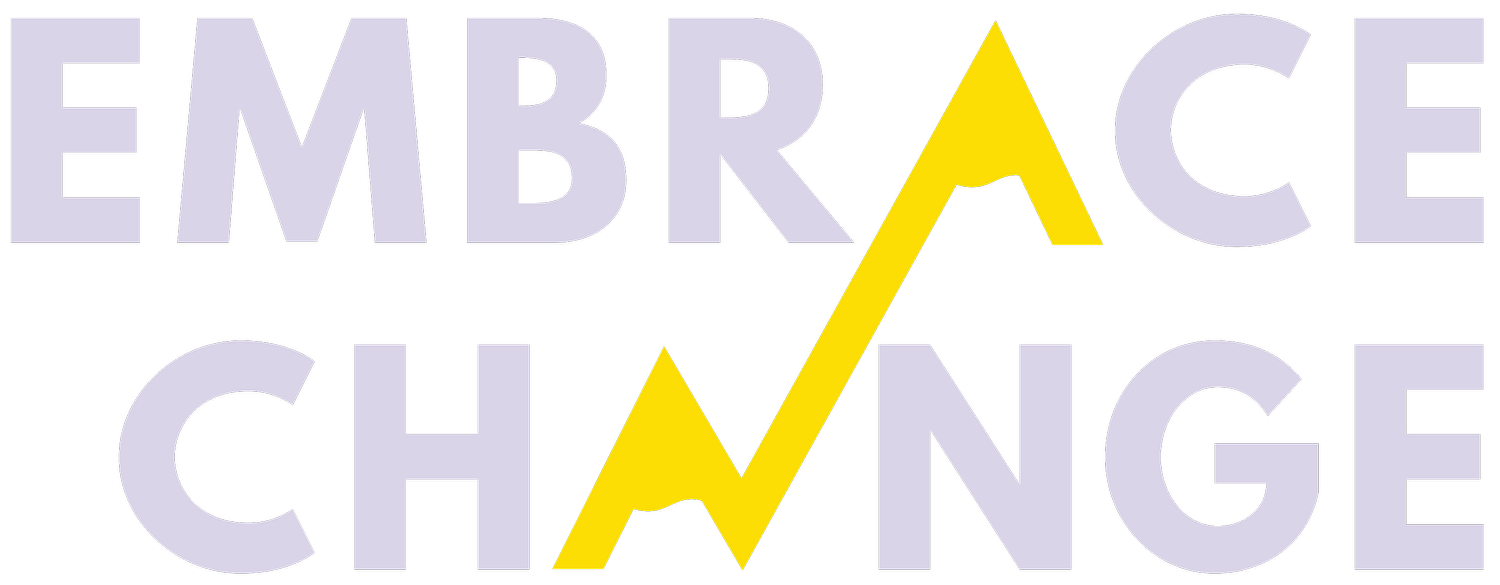Let’s talk about Linguistic Capital and the Untapped Potential of Women of Color as Leaders
The more clients I work with–across industry and level–the clearer and clearer it gets. The root of so many of the problems, challenges, and blocks that women of color face in the workplace is communication. Not so much their communication, but the communication (or lack thereof) from their supervisors, colleagues, and direct reports. Meanwhile, the strength of their communication skills is minimized, ignored, or straight up denied. Effective communication is an essential skill (just take a look at any job description out there). Effective and influential communication can close million-dollar contracts and scale a company. Poor communication leads to misunderstandings, failed negotiations, and burnt relationships.
The linguistic capital of women of color is undervalued, underappreciated, and underestimated.
In our increasingly global society, it's important to remember that only 25% of the world communicates in English. This is where the linguistic capital of women of color and their unique leadership abilities come in. Linguistic capital encompasses the intellectual and communication skills gained from a lifetime of communicating in various languages across cultures–something women of color are incredible at. Our upbringing, growing up in bilingual homes, multi-generational households, and multilingual neighborhoods – as well as navigating White spaces and interacting with White-dominant media from an early age–make it so. As the global economy recovers and as we continue to grapple with the pandemic, linguistic capital is becoming a mandatory skill for institutional and international growth. Corporations that want to stave off the impact of The Great Resignation need to embrace the next normal, a normal in which women of color are centered.
Traditionally, when recruiting and hiring executive-level talent, companies have gone to Ivy-League grads who are predominately White, cisgender, male, and upper class. Generations of this approach have instilled a myopic and systemically biased lens within the C-Suite, which trickles down to the chains of command below. The homogeneity of top leadership teams means they only know how to communicate in certain, specific ways – ways that actively exclude, undermine, and push out women of color and people of color. Everything from product design to marketing to internal promotions caters to White men's lives and lifestyles, and no one knows this better than women of color. If organizations truly want to address their exclusionary practices, they must position women of color in a cross-section of leadership roles.
Since May of 2020, the number of diversity, equity, and inclusion (DEI) jobs have ballooned by 123%, which has created one type of leadership opportunity for people of color who are trained and equipped for such roles. However, to sustainably establish equity across an organization, diversity must be present at every level and in a myriad of positions with power. The Chief Diversity Officer role is not the only role for women of color in the C-Suite! We need and deserve to be at every level–and companies that make this a priority will reap the rewards in their bottom line in years to come. Organizations are now challenged to address large-scale and long-term issues like climate change which disproportionately impacts communities of color, and those same people can provide solutions. Most recently, during the pandemic, Black, Indigenous, and Latinx people were the most affected, and it was a woman of color–Kizzmekia Corbett, Ph.D.– who led the vaccine research. It is evident that our intersectional lens enables us to ideate solutions to complex global challenges; however, to do so, we need to have a seat at the table.
Women of color placed within management and senior leadership positions in R&D, engineering, healthcare, finance, higher education, and human resources have the immense power to root out and dismantle current employee engagement standards. The truth of the matter is that women of color know how women of color experience discrimination within the workforce through colorism, sexism, and xenophobia. Therefore are the ones best fit to identify and initiate sustainable changes.
Nothing about us without us.
While current white male leadership teams invest thousands of dollars in cultural awareness and allyship training, all of this money will be wasted if women of color continue to be relegated to the sidelines. Positioning all-white C-Suites as the benevolent "good guys" or saviors is the performative antithesis of equity. Instead, by leveraging the communication and leadership acumen of women of color, corporate spaces can actually meet the needs of the evolving world markets.
Although English is currently the most common language of business, other languages such as Mandarin, Arabic and Spanish are growing because of "shifting balances of power and other increasingly dominant global economies"). The linguistic capital of women of color can add immense value here–and I don’t mean as translators or mediators–but as involved participants and strategic decision-makers. By applying their nuanced understanding of cultural, geographical, and ethnic diversity, women of color can create avenues to equitably acquire market shares while dismantling the current exclusionary systems of the established status quo.
For organizations to hold to their commitments to diversity and equity, they must be willing to move past performative gestures and optical inclusion. A practical and achievable goal for 2022 and beyond is to support the development of women of color as leaders so that they can freely bring their intersecting identities to work and flex their multifaceted and robust communication skills. Here's to working to build that reality each and every day.


